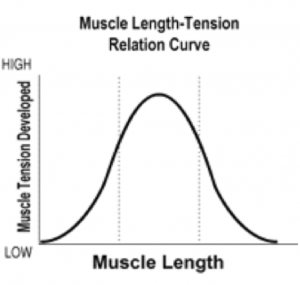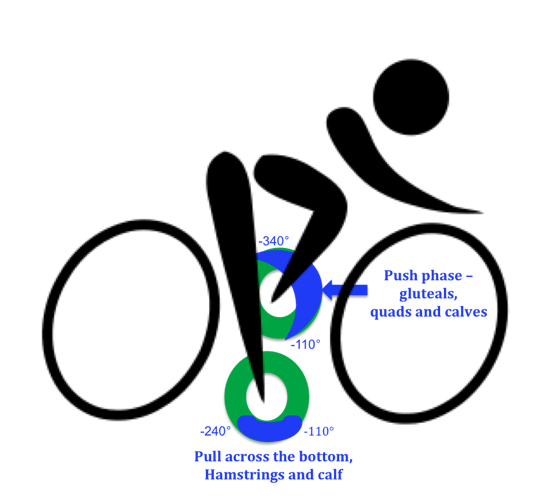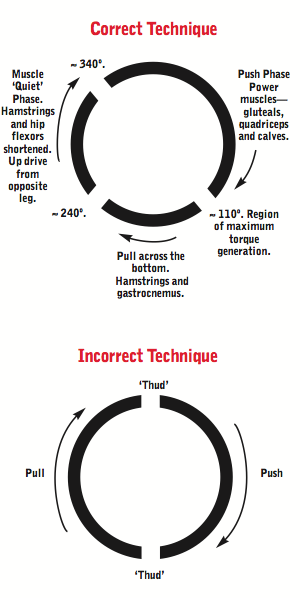How to improve cycling technique
With the recent publicity cycling has gained you may have decided to increase or begin your participation in the sport. As physios we see a lot of injuries from cycling, not only the ones inflicted by cars, but also overuse or poor technique injuries.
Often patients present to us following an increase in training or a change in technique to improve power and speed. A misguided conception is that the more time spent on a bike the better the cyclist will become. While this is somewhat true, focusing on technique rather than hours on the bike might prove to be more worthwhile.
Good cycling technique involves understanding how muscles work most efficiently. A muscle’s ability to develop power is dependent on the length tension relationship. Put simply a muscle at its shortest or longest length has difficulty optimally generating tension. A muscle works best at its mid-length.

When related to the cycling action the quads and gluteals are at an optimum during the push phase to generate power . Likewise the hamstrings and calf muscles work optimally across the bottom of the revolution, not on the upstroke. The drive for the upstroke or pull phase comes from the opposite leg.
A common mistake when increasing speed is to use the dominant leg to push and pull the pedal creating poor efficiency and possibly resulting in injury. When training to increase speed the cyclist should work on increasing the push phase on both the dominant and non-dominant leg as well as the pull of the hamstrings across the bottom of the revolution not when the knee is bent back behind (as illustrated below).
Specific exercises can assist in training the strength and power generation of the gluteals, quads, hamstrings and calves. If you want to kick start your cycling prowess or just wanting to prevent injury come in and we can discuss your technique and tailor an exercise program to improve your speed and aid injury prevention.


